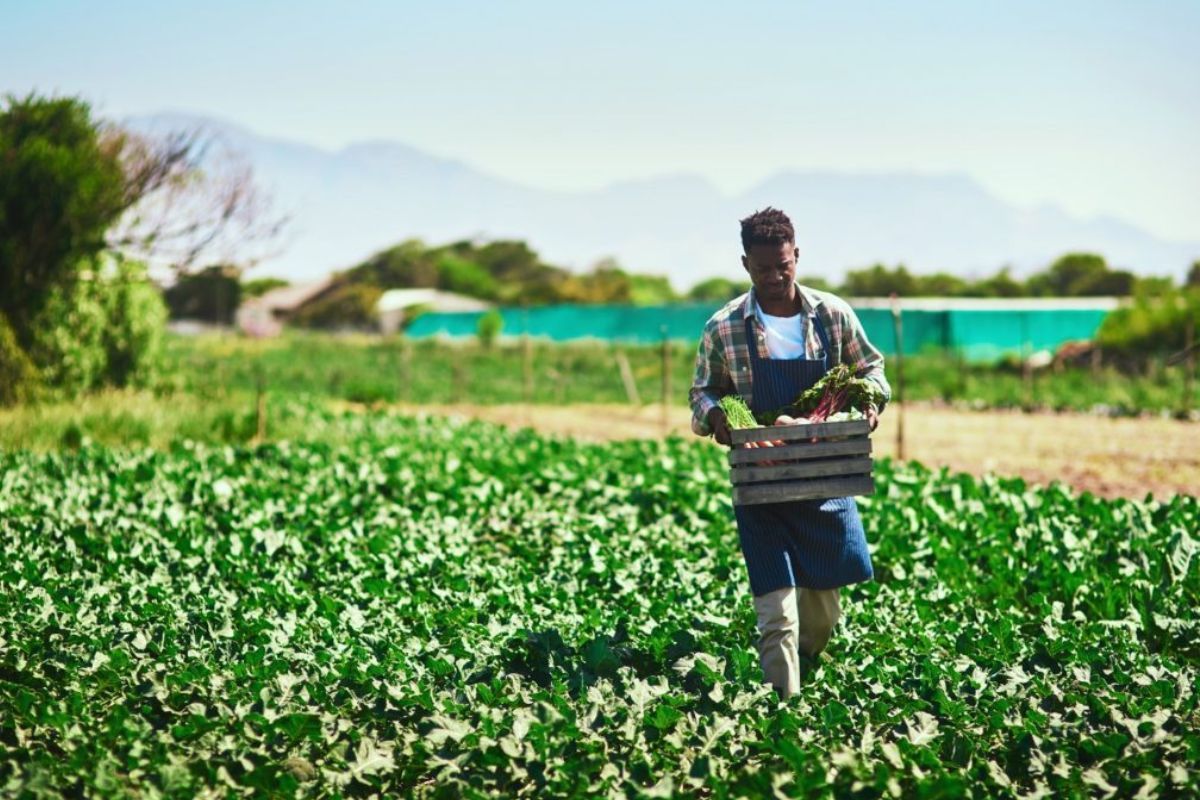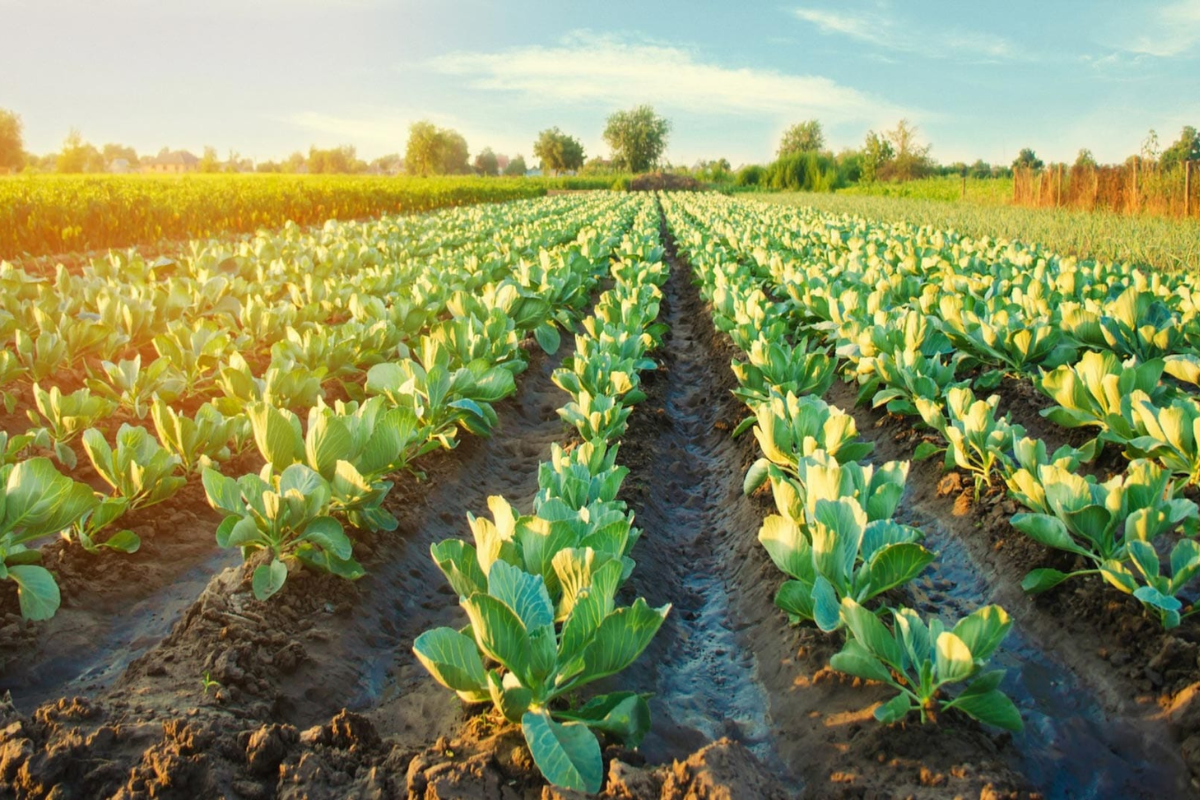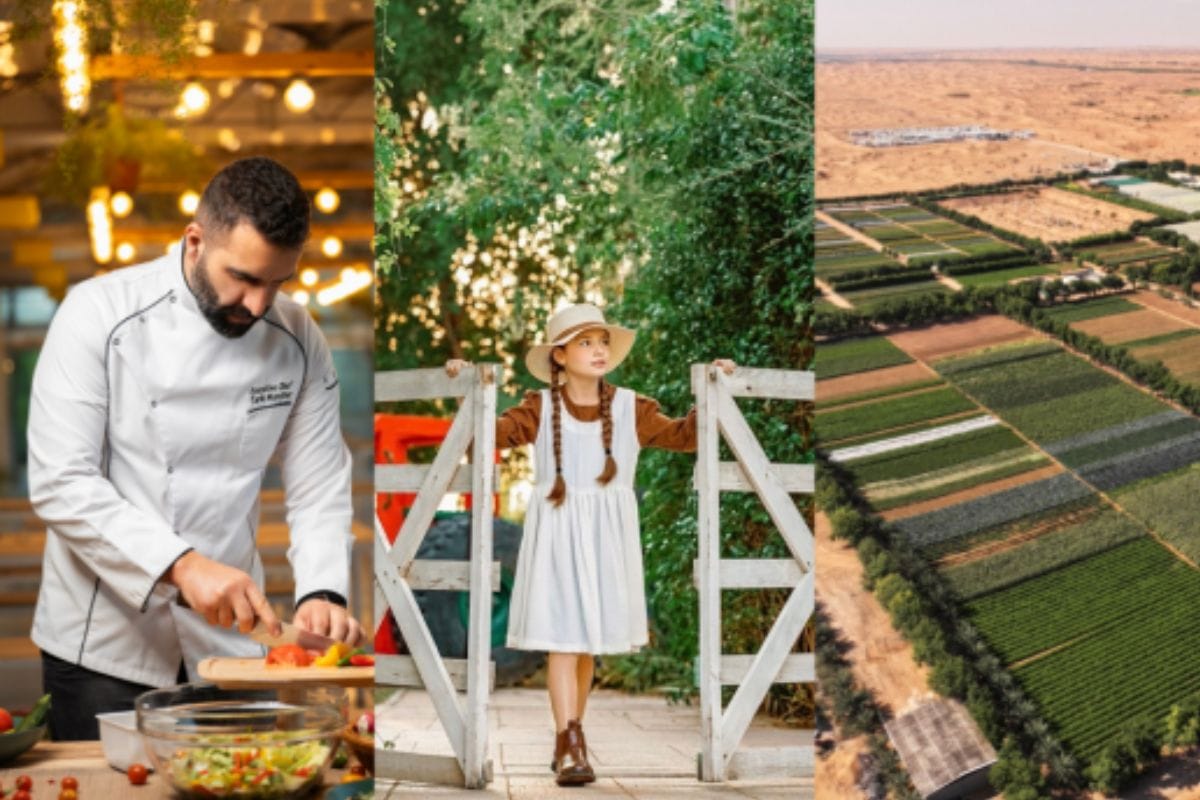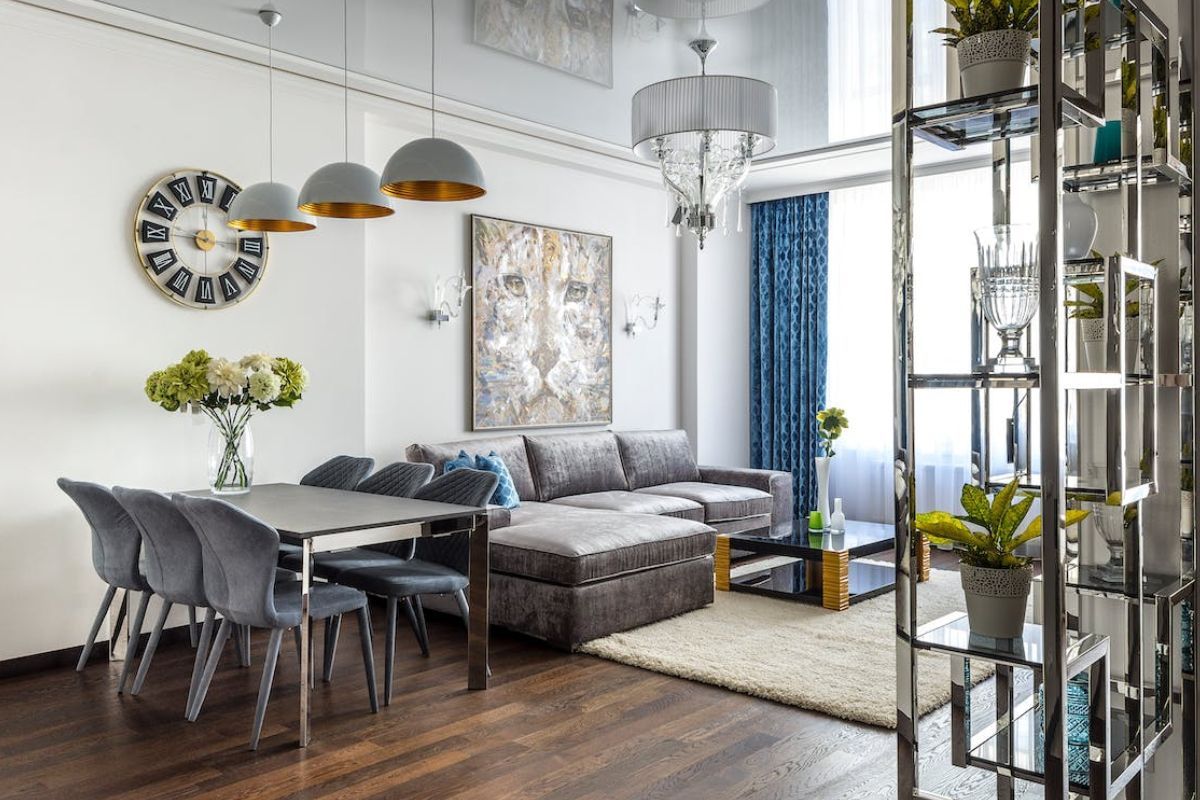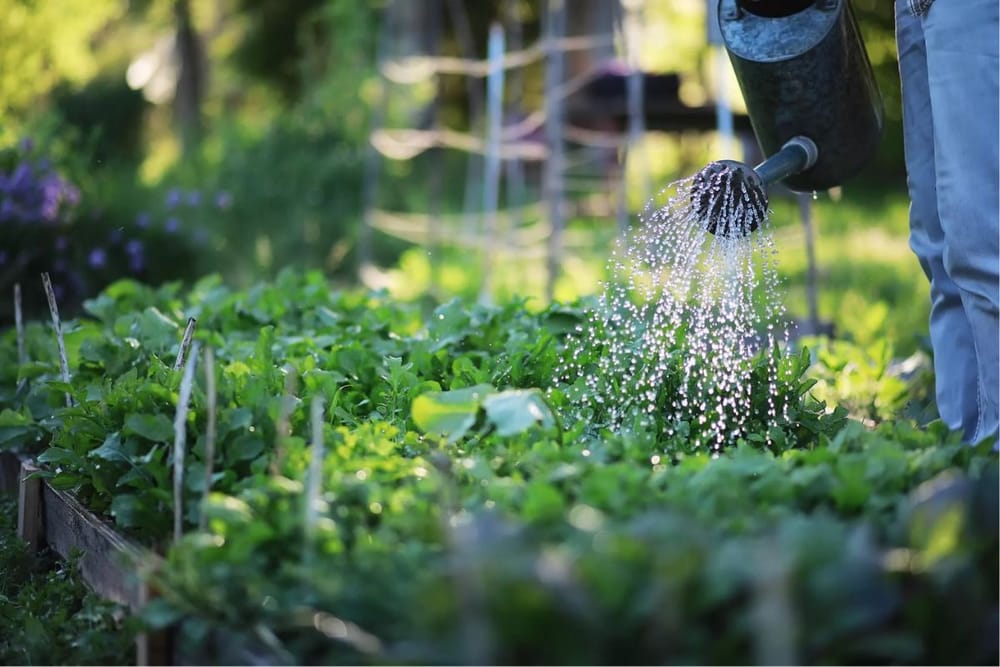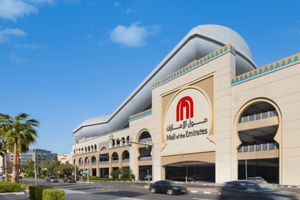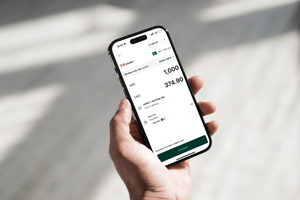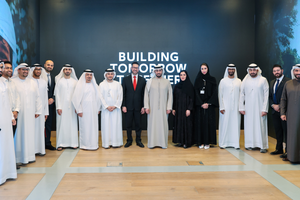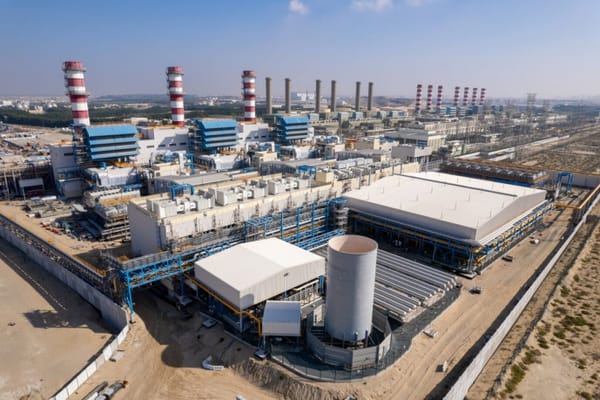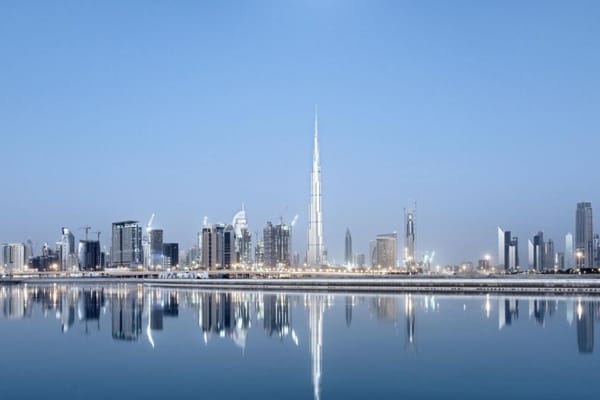Ever dreamt of escaping the hustle and bustle of the city? Create your own little green escape where you can lounge during the breezy evenings, host a party, or grow your veggies. By carefully considering Dubai's climate and implementing the right strategies, you can create a stunning outdoor garden in the heart of the desert.
Setting up an outdoor garden might look like a tedious process, but fear not! This ultimate guide will help you kick-start your journey in transforming your outdoor space into a green sanctuary.
Understanding Climate and Soil Conditions
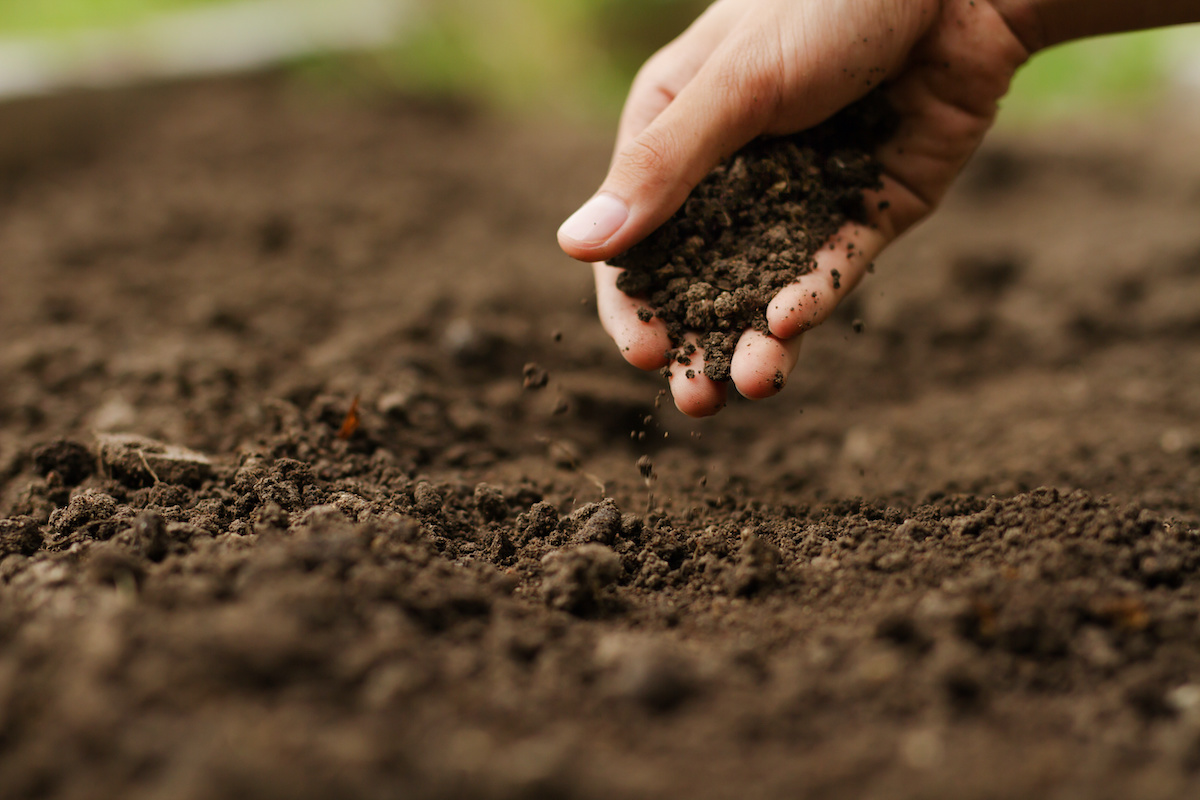
The key to successful gardening is having a comprehensive understanding of the region's unique climate and soil conditions. Dubai is popular for its hot desert climate marked by high temperatures, low humidity, and limited rainfall. These factors significantly influence plant selection and irrigation strategies. Analyze the soil in your chosen garden area to determine its composition and nutrient levels. The predominantly sandy soil demands careful consideration due to its rapid drainage and poor nutrient content. To counter this, you can adopt strategic soil improvement practices, such as incorporating organic matter and compost.
Plan Your Garden Layout
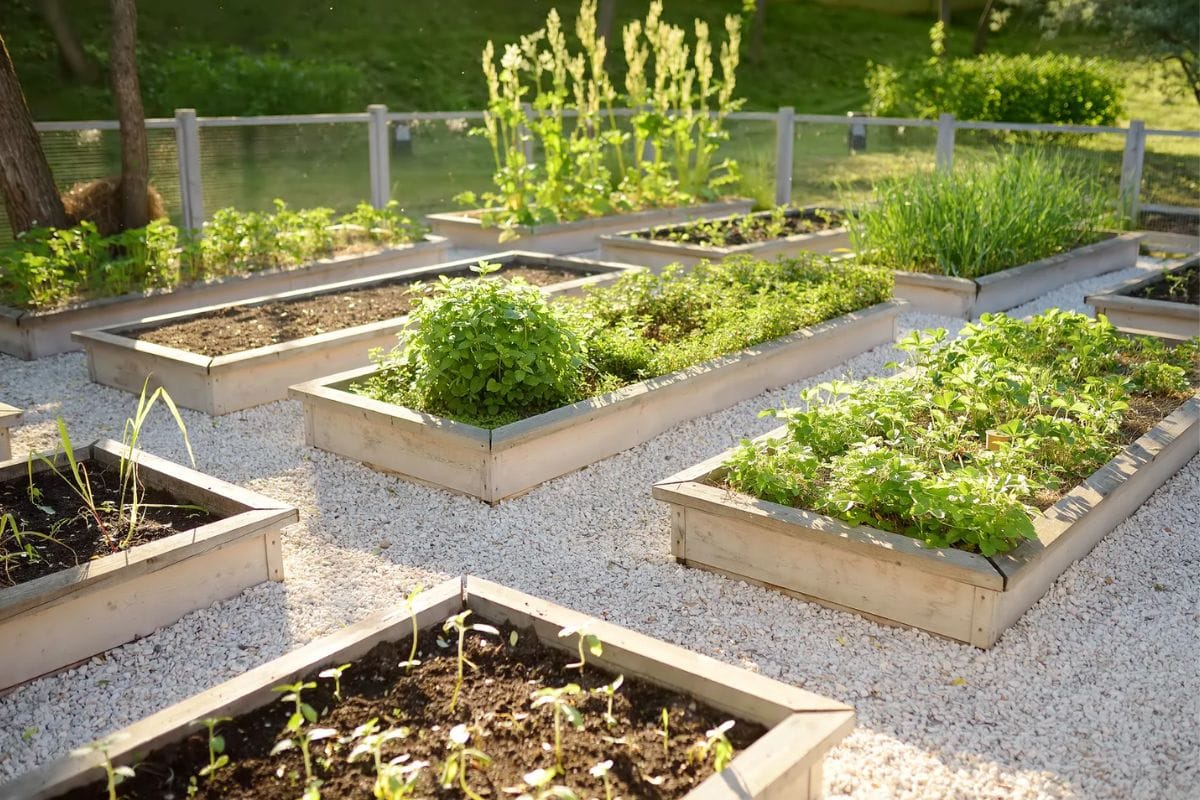
Designing an efficient and aesthetically pleasing garden layout is essential. It would be best if you had an idea about which part of the house you are going to turn into the garden. You need to also check if the chosen area receives enough sunlight. Create raised beds or use containers to improve drainage and prevent waterlogging. Strategically place taller plants to provide shade and shelter for smaller, more delicate ones. Having a proper garden layout will also help you in not having a cluttered garden.
Prepare the Soil
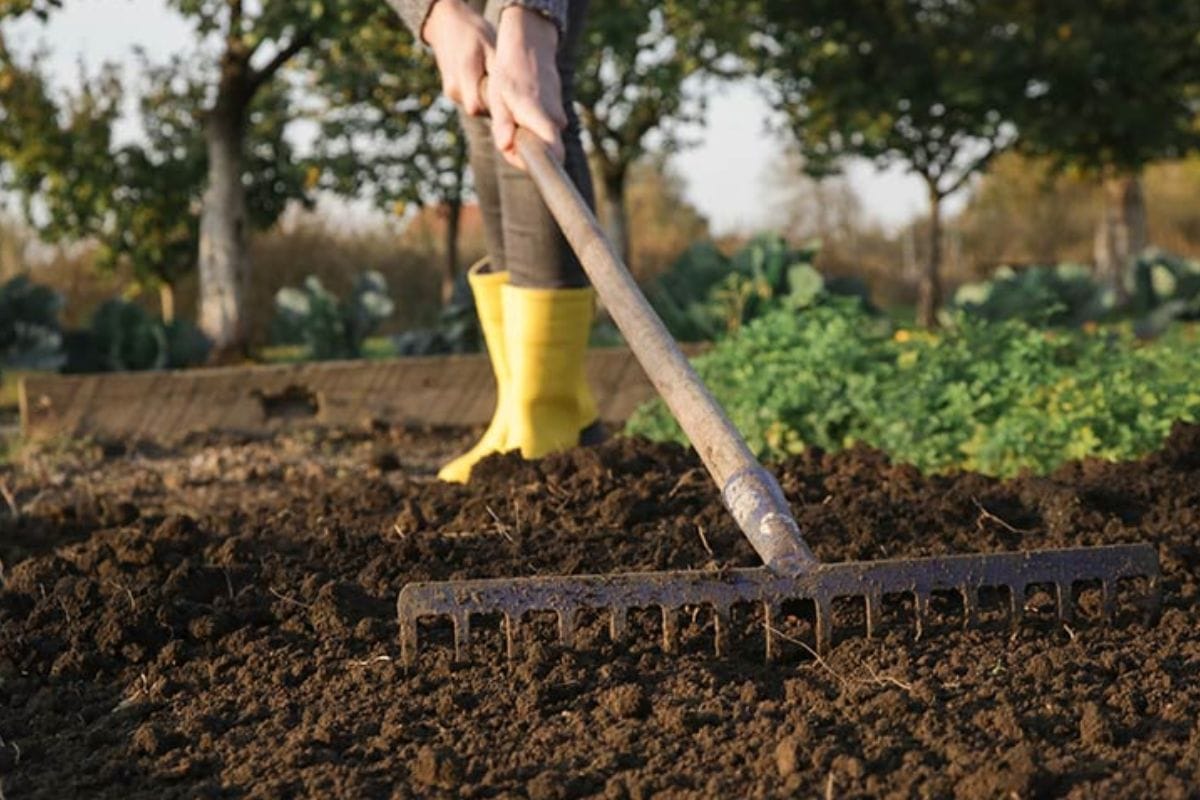
The sandy soil of Dubai lacks essential nutrients and has poor water retention capabilities. To improve the soil structure, you can add organic matter like compost or well-rotted manure. This helps enhance the soil structure by improving its water-holding capacity and nutrient content. Additionally, it aids in the development of beneficial microbial activity in the soil. You can also add materials like perlite or vermiculite into the soil to help prevent waterlogging.
Choose the Right Plants
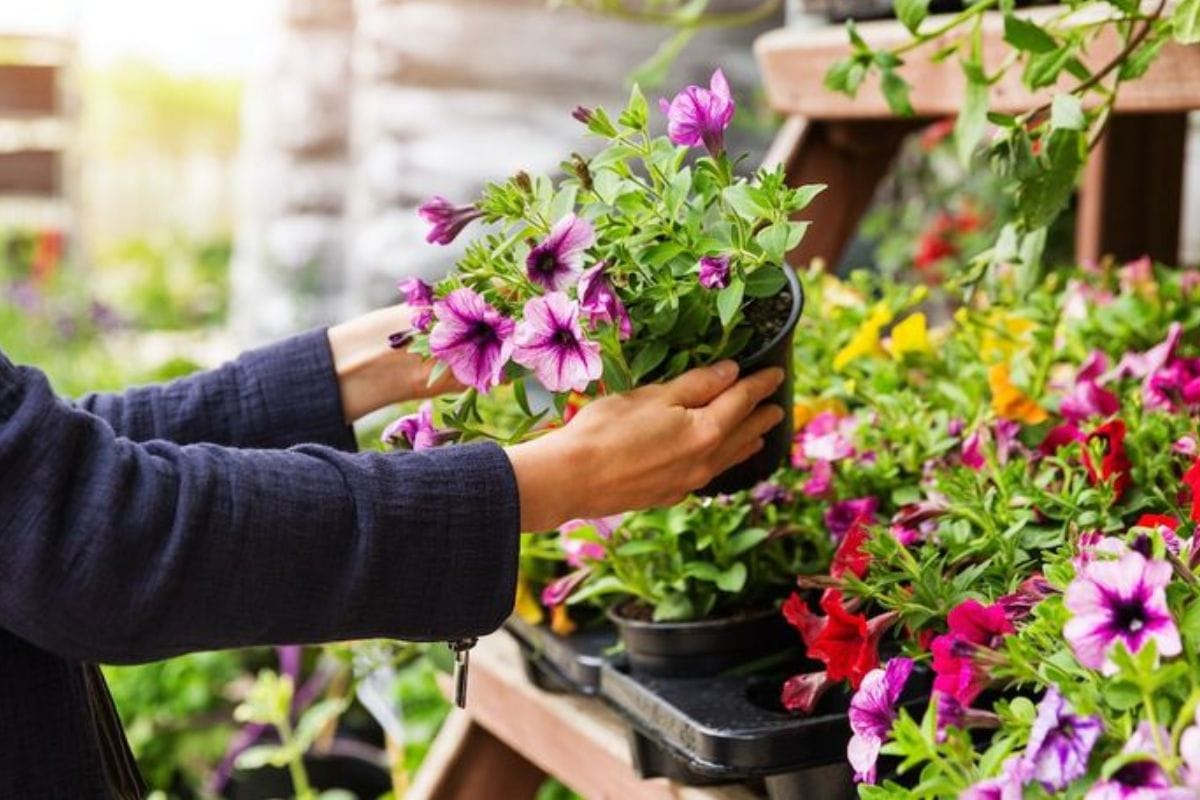
With the slightly unfavorable climate conditions in Dubai, not every kind of plant can thrive here. Therefore, choosing the right plants is a pivotal step in setting up a garden in Dubai. You can opt for heat-resistant and drought-tolerant plants as they can endure the intense summer heat and scarcity of water. Popular choices include bougainvillea, hibiscus, desert marigolds, and palms. Some of the vegetables you can grow in Dubai are tomatoes, capsicums, carrots, and garlic. Consider incorporating native plants as they are adapted to the local environment.
Read More: 5 Plants That Thrive Indoors and in Higher Temperatures
Install an Efficient Irrigation System
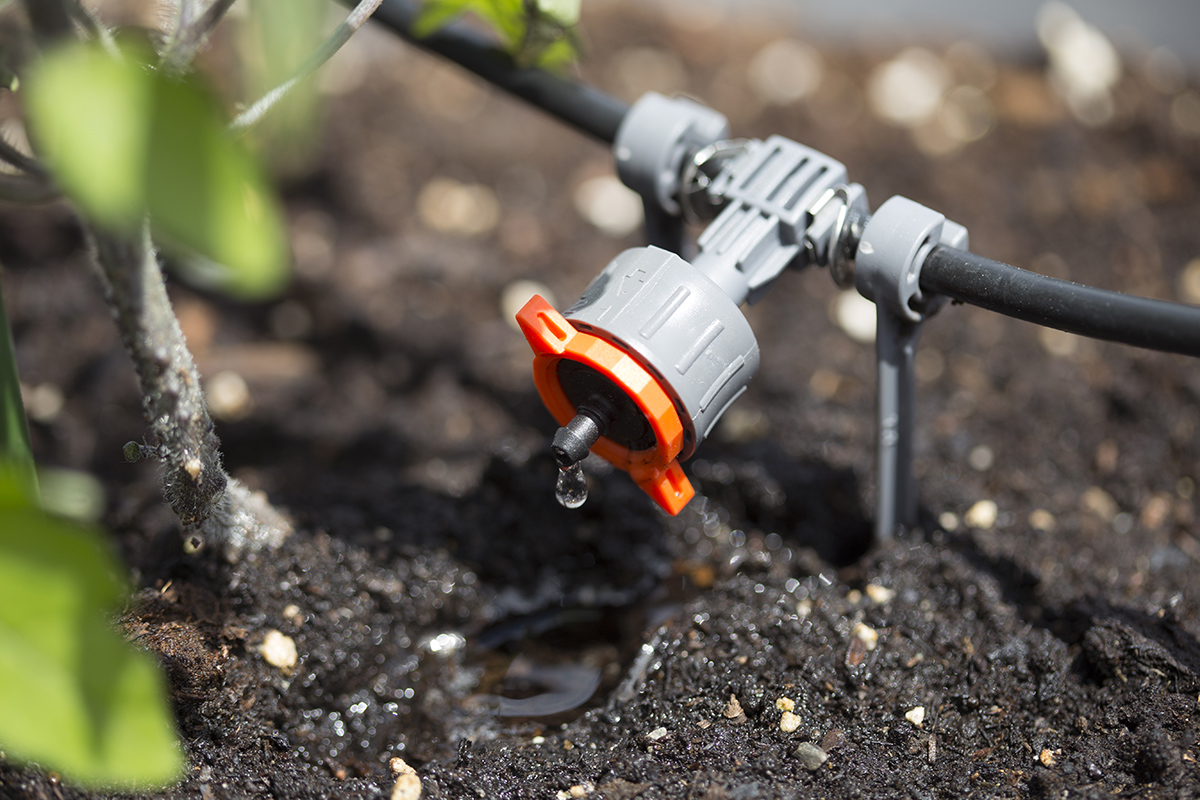
Due to the arid climate and limited water resources, providing adequate water is crucial for your garden's success. Having an efficient irrigation system helps minimize water wastage by delivering water directly to the root zone of plants, reducing runoff and evaporation. All plants require water at varying levels. You can tailor the watering schedule to meet the specific needs of each plant in your garden. You can consider an automated irrigation system as it saves time and effort by providing a scheduled and controlled release of water. One of the popular methods in the region is drip irrigation where the water is delivered directly to the root zone reducing the risk of surface evaporation. There are also smart agri-tech models that allow you to monitor and control watering remotely.
Integrate Sustainable Gardening Practices
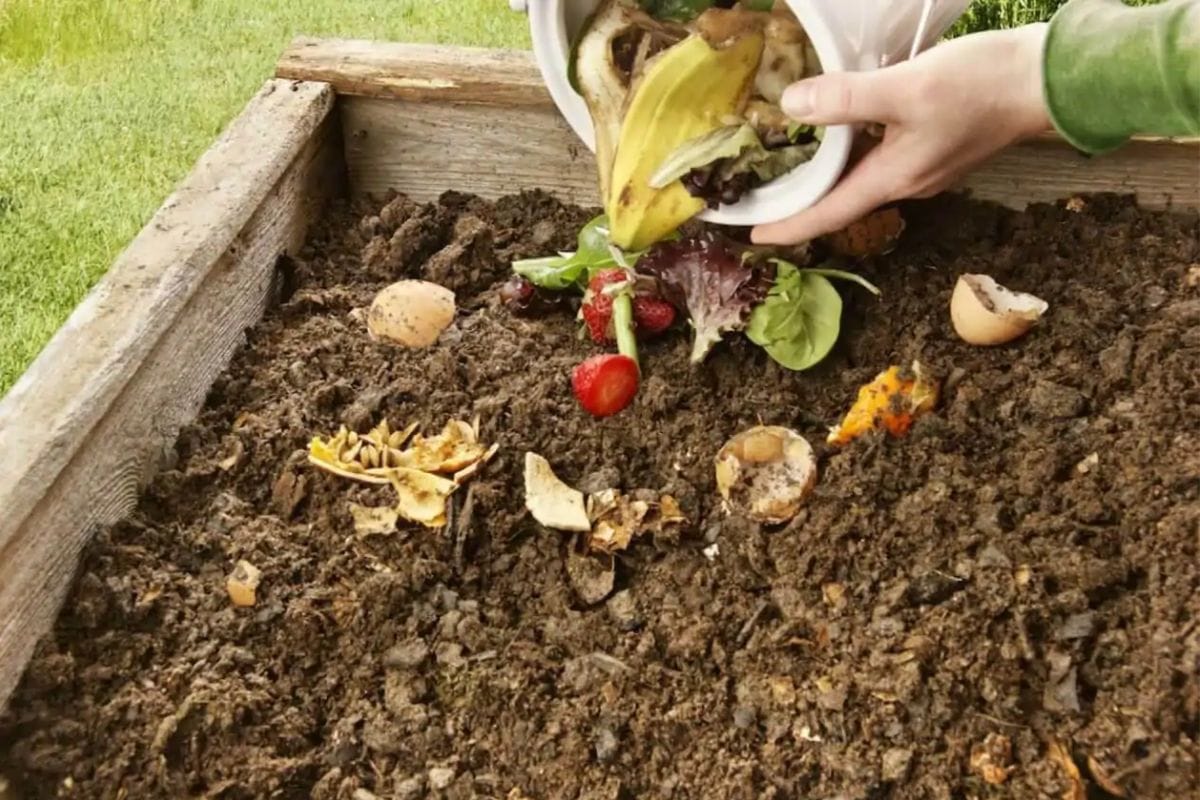
More than an option, adopting sustainable gardening practices is a crucial step in setting up an eco-friendly garden in the region. As the city has limited water resources, it is recommended to ditch the traditional methods and incorporate sustainable practices like drip irrigation, rainwater harvesting, and using water-efficient plants. Sustainable gardening involves enriching the soil with organic matter, compost, and natural fertilizers. You can use the vegetable waste from your kitchen to nourish your soil. This will also save you some money.
Regular Maintenance
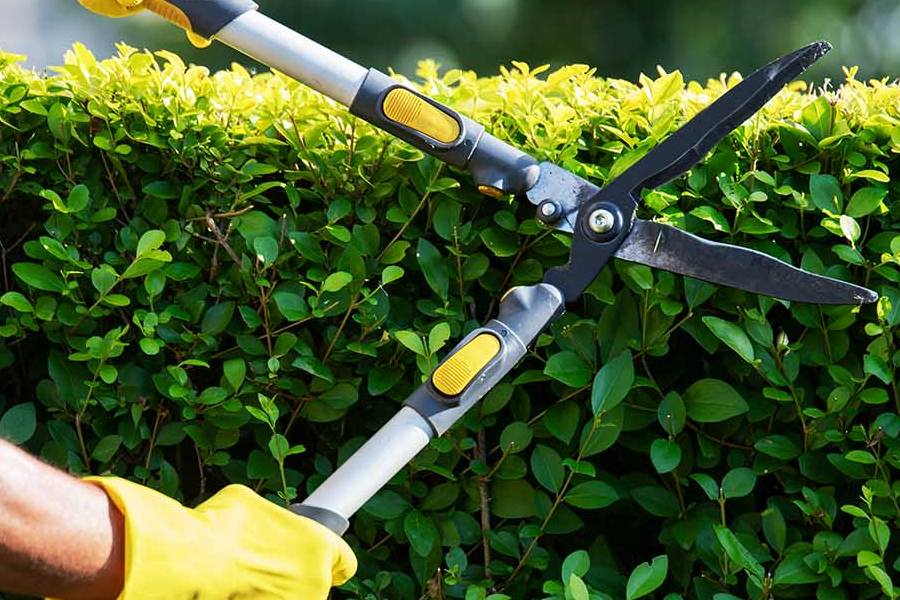
Consistent care is vital for a flourishing garden. Regular inspection allows you to identify and address any issues promptly. It helps prevent issues before they escalate, promotes plant health, and allows you to adapt your gardening practices to the specific challenges posed by the desert climate.
Things to Keep in Mind While Setting Up Your First Garden
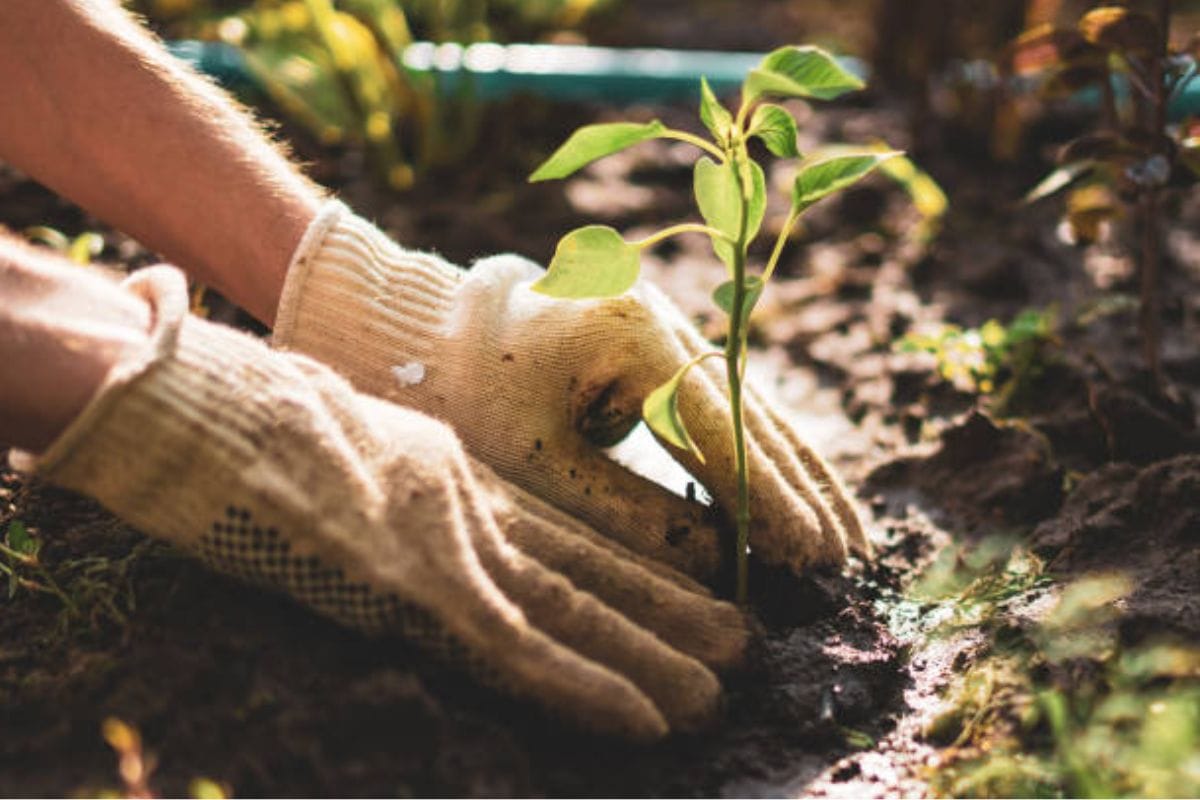
Gardening is a therapeutic process, however, for those venturing into the world for the first time, it can be both exhilarating and daunting. To ensure your gardening experience is rewarding and successful, here are key things to keep in mind as you embark on this green journey.
- Choose a location that receives an adequate amount of sunlight. Most outdoor plants need at least six hours of direct sunlight per day.
- Begin with a small garden space. This allows you to learn and adapt without feeling overwhelmed.
- Focus on a few types of plants initially to understand their specific needs and requirements. Once you feel confident, bring in more plants.
- Opt for easy-to-grow plants for your first garden. Herbs, succulents, and some perennial flowers are often good choices for beginners.
- Leave enough space between plants to allow for growth and airflow.
- Buy essential gardening tools such as a shovel, rake, pruners, and watering can as they can make gardening tasks more efficient and enjoyable.
- Develop a consistent watering routine based on the needs of your plants as overwatering and underwatering can do damage to the plant health.
- Familiarize yourself with common pests and diseases that may affect your plants.
- Gardening is not just about the end result; it is about the process. Enjoy the therapeutic aspects of it.
Also Read:
